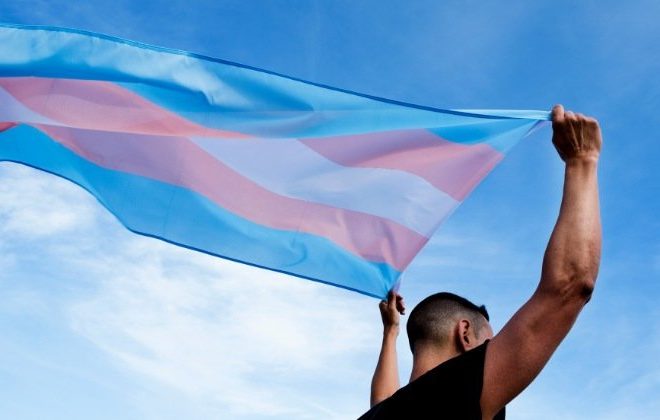Does Every Woman Have an Eating Disorder?: Physical Activity in Recovery
1) Usually, if someone can’t do something without it becoming obsessive/addictive, it’s time to stop it for a while and regroup.
2) Those in recovery who begin or resume an exercise program will need to increase their intake to fuel their bodies. Dietitians can help with this.
3) I’ve found that some people have to cut out exercise as they know it and define things in a different way – i.e., choosing something that hasn’t been triggering before. Often, an activity (e.g., a yoga class) that is different AND has set parameter involved can help. Some of my patients can’t exercise on their own but can stick to a predetermined number of classes/week (and respect the time limits of these classes).
4) Accountability is useful. Honest reporting to a therapist – setting intentions and then figuring out what worked and what didn’t – is a valuable tool. Checking in with a therapist, or a friend/family member, before/after a workout can help (in the addictions world, it’s called “book-ending”).
You can find Does Every Woman Have an Eating Disorder? Challenging Our Nation’s Fixation with Food and Weight on Amazon (as a paperback and Kindle) and at BarnesandNoble.com.
|
|

